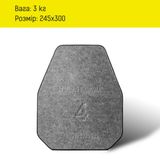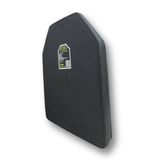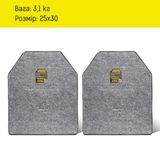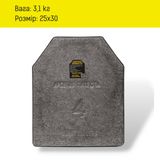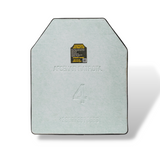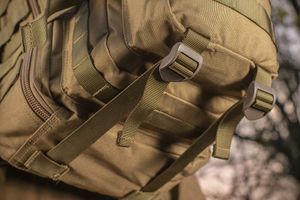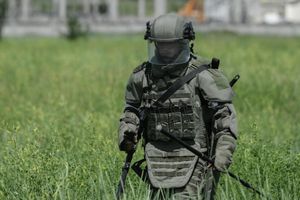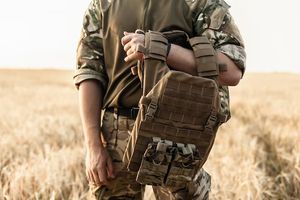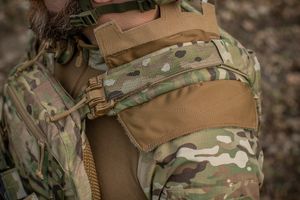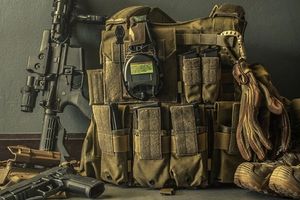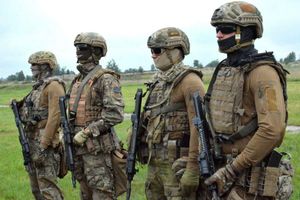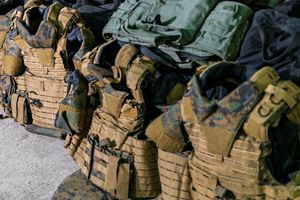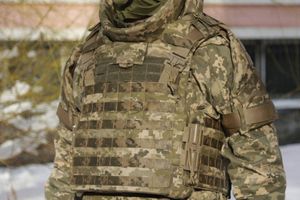A bulletproof vest is a part of the soldier's uniform and equipment. Most people know this. But this is only a common name. There are many varieties of protective clothing, so choosing one can be tricky. This article will introduce the main types of vests and their characteristics.
Vest type
A tactical vest is a heavy vest that can be worn over normal clothing to provide both protection and the ability to carry gear while on a mission. It has multiple pockets of different sizes to store everything you need: weapons, grenades, ammo and even common items like mobile phones. Basically, it helps to carry everything with you that can come in handy in situations that military personnel face.
Body armor has a different purpose. It is equipped with bullet stop plates. It also dampens the energy of impact and debris, which can cause significant damage. The body armor can also have pockets for attaching a walkie-talkie, first aid kit and other items.
Unloading vests for hunters and fishermen have many pockets for cartridges, fishing accessories.
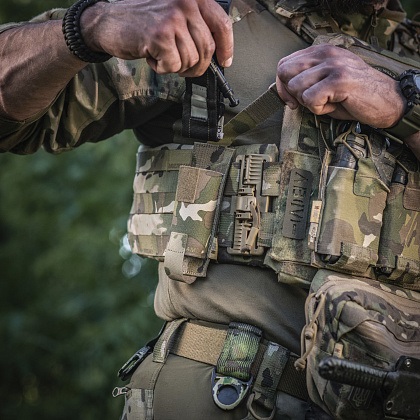
Pouches are used to store cartridges, a walkie-talkie, a flask of water and other things - small bags fixed on a belt or vest.
Body armor protection class
The protective properties of vests are displayed in protective classes. In Ukraine, the DSTU classification is used for this. The following classes are distinguished:
- Class 1 armor protects against 9x18mm, 9mm Makarov, 9x19, 9mm Luger, 9mm Parabellum cartridges.
- Class 2 vests protect against caliber 7.62 × 25 mm, cartridge PST 57-N-134s.
- Class 3 plates are capable of stopping 5.45×39 mm PS, 7H6 bullets,
- 7.62 × 39 mm PS, balls 57–N–231.
- 4th class protects against 5.45 × 39 mm, CP 7H10, 7, 62×54 mm (7.62×54 R), LPS 57–N–323s. These charges are used to charge the AK-74 and the SID.
- Class 5 body armor stops 7.62×39 mm bullets BZ (57–BZ–231), 7.62×54 (7.62×54 R), LPS (57–N–323s). Such armor will stop armor-piercing bullets fired from AKM.
- Class 6 protects against armor-piercing 7.62 × 54 mm (7.62 × 54 R), B-32 bullets (7-BZ-3, 7-BZ-323), SID rifles.
Vests can also provide protection against stab wounds.
The DSTU classification is used only in Ukraine. There is a more universal classification used throughout the world - NIJ-0101.06 standards. The following classes are distinguished:
- I. Pistol 9 mm, 380 ACP.
- IIA. Thin bulletproof vests are designed for concealed wear, the thickness does not exceed 4 mm. Protect against 9mm FMJRN, 9x19 Parabellum cartridge, .40 S&W FMJ.
- II. Vests 5 mm thick are made of soft materials. Protection: Pistol 9 mm, cartridge 9x19 Parabellum, revolver Magnum .357.
- IIIA. The thickness of the vest is 8–10 mm. Cartridge .357 SIG FMJ FN, .44 Mag SJHP.
- III. This is a vest with rigid plates 6-25 mm thick and weighing up to 4 kg. Rifle 7.62 NATO, Steel Jacket, M80.
- IV. Class III Reinforced Vest stops .30 M2 AP.
These 2 classifications are enough to understand the protective capabilities of the vest.
Type of body armor by way of wearing
According to the way of wearing, vests can be open and hidden. Body armor open wear can be worn over clothing. Such models often have a camouflage or pixel pattern, khaki, olive, coyote. There are several varieties:
- Plate carrier. The simplest vest model, which is a cover for armor plates. They are fixed in front and behind, there are vests with side pockets.
- Vest with pouches. It is equipped with pockets for cartridges and other things. This option will cost more, but you won't have to select additional results, which is very convenient.
- Body armor with unloading system. The MOLLE system allows you to attach bags to the vest in convenient places. Thanks to this, the weight will be evenly distributed, and the vest will be comfortable to wear.
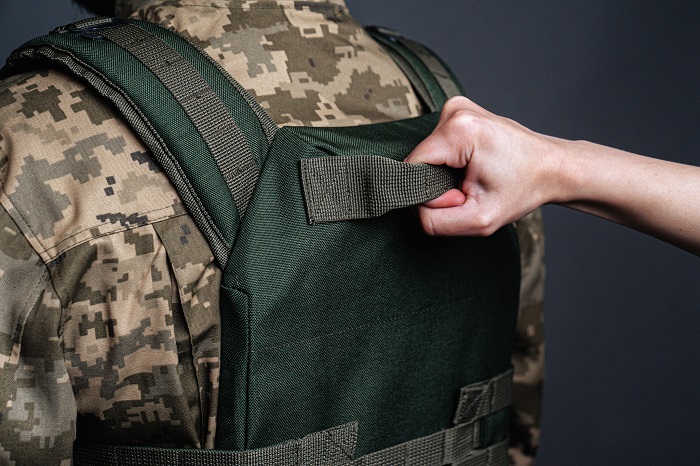
Concealed vests are thinner because they are hidden under clothing. This is a popular option for security guards and undercover agents who do not advertise their protection. Such body armor can belong to 1, 2, 3 classes of DSTU. That is, their protective properties are significantly inferior to open-wear armor.
Construction
The design of the vest may include various protective elements:
- Soft. These are vests of the 1st and 2nd class with a fabric structure. They are able to protect against pistol shots.
- Semi-rigid. Here, soft elements of aramid fibers or polyethylene are combined with hard plates. These vests are class 3.
- Rigid. The main protective element here are rigid steel or ceramic plates. These are bulletproof vests of classes 4, 5, 6.
To protect against machine gun and rifle shots, only a hard vest is required, soft models will not cope with such a threat.
Purpose of vests
The most popular are the so-called bulletproof vests. They are designed to protect against firearms, they are used by the military and police. There are several more armor options:
- An anti-shatter vest is designed to stop fragments. In such models there is an additional protection of the neck and groin. Such equipment will be very useful for those in the war zone.
- Sapper vests are more of a full-body armor suit. It includes vest, helmet, protective pants, gloves. Such models are also used by special forces during assault operations.
There are also Kevlar vests to protect against edged weapons - knives, swords, axes.
Body armor weight
Weight is a very important indicator for armor. This is the second characteristic that you should pay attention to after the protection class. How long you can wear an equipped vest without getting tired depends on the weight. Approximate calculation:
- up to 7 kg - 12 hours or more;
- up to 9 kg - about 9 hours;
- 12 kg - 5 hours;
- 16 kg - no more than 2 hours;
- 23 kg - only 1 hour.
This is an approximate time, because a lot depends on your preparation. When choosing plates, you can see their weight. Consider the weight of all plates - front, back and side (if needed), because you will be carrying them as a set. Before buying, you can put on a tactical vest and add weight, for example by hanging sandbags. So you will better understand your capabilities in equipped body armor. If you can't move properly in armor, it won't do any good.
The most difficult thing is to move in body armor for sappers, because a sapper suit can weigh up to 40 kg!
Compatibility of covers and plates
A plate carrier is a universal case in which you can install different, but not any plates. This allows you to use one plate carrier and several sets of replacement plates. To assess compatibility, it is enough to know the weight and size of the plates, as well as the capabilities of the cover.

If you choose SAPI slabs or ESAPI, you can use the size chart:
|
Size |
SAPI board weight, kg |
ESAPI plate weight, kg |
Plate size, mm |
|
Extra Small |
1.27 |
1.7 |
184х292 |
|
Small |
1.59 |
2.08 |
222х298 |
|
Medium |
1.82 |
2.5 |
241х318 |
|
Large |
2.09 |
2.85 |
260х337 |
|
Extra Large |
2.4 |
3.25 |
280х356 |
These standards originated in the US, but today they are used all over the world.
Body armor material
Below are the materials from which the most common types of body armor are made. Choosing the best material depends on the level of threat you are facing.
- Kevlar is a material stronger than steel, and its threads can be woven into the canvas. He is afraid of moisture and edged weapons. It is a lightweight material suitable for Class 1 and Class 2 padded vests.
- HMWPE or High Molecular Weight Polyethylene is a lighter and more durable material. The protective properties are achieved by sticking UHMWPE unidirectional fibers onto a high density polyethylene sheet.
- Steel and titanium. These are strong, but very heavy boards. Steel models will not save you from ricochet, and titanium ones are not so reliable. Their advantage is that they can withstand multiple hits.
- Ceramics. Rigid ceramic plates are lighter than steel plates, but have better protective properties. They do not withstand multiple hits, but they absorb bullet energy well.
Plate carriers are made from different materials, the most popular of which is nylon. He is strong and unpretentious in care. Cordura has a reputation for being the most durable material. It is a nylon based fabric ideal for military clothing and equipment.
The main competitor of Cordura is carbon fiber fabric. However, thanks to constant innovation, Cordura remains the favorite of manufacturers of military clothing and equipment.
Number of standard armor plates
The vest has front and back plate pockets. Some models have covers for the side plates, which significantly increase the protection of the torso. However, additional rigid plates increase the weight of the vest, which negatively affects mobility and endurance. Therefore, the feasibility of side plates is evaluated individually.
If the body armor does not have standard pockets for side plates, they can be purchased separately and attached to the vest.< /p>
Body armor equipment
Body armor and plates can have various additional elements that will make it convenient:
- A damper layer on the inside of the plate dissipates the energy of the ball and reduces the risk of armor injury;
- a layer of PVC on the front surface of the board will protect it from moisture;
- pockets on the plate carrier will allow you to conveniently place things and not carry additional bags;
- The vest's quick release system is a very useful thing, allowing you to get rid of your armor in seconds to get medical help or swim to the surface of the water;
- MOLLE is a convenient system for attaching pouches to a vest;
- ventilation is very important in hot weather when the skin under the vest sweats;
- Elements such as an apron, collar, backpack are more common in anti-shatter vests, they provide additional protection to parts of the body.
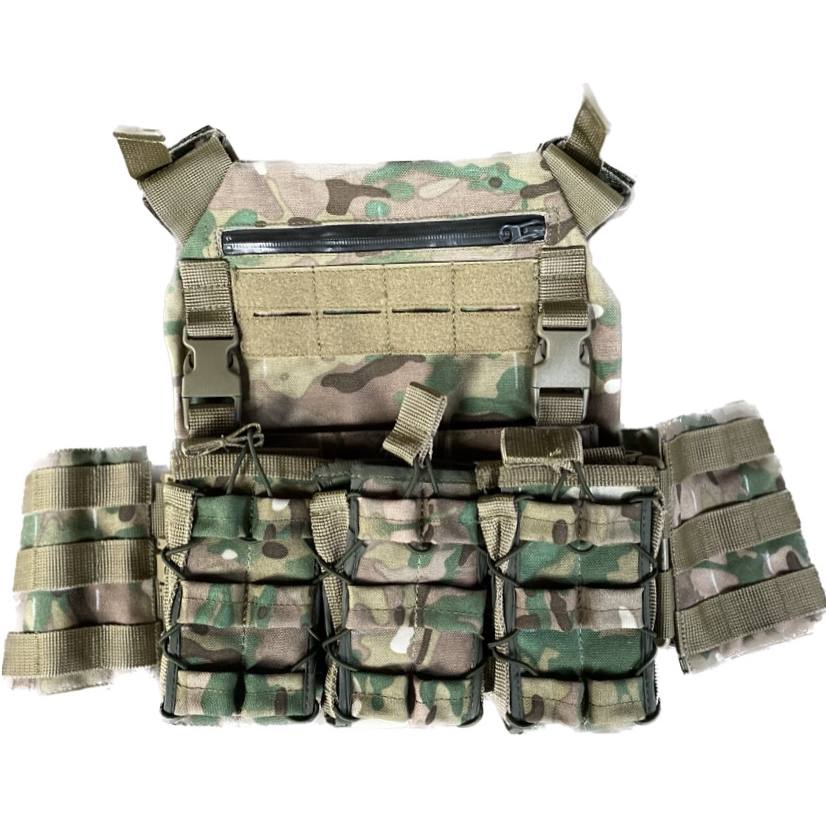
Body armor is a large category of products, among which you will find many differences. Understanding how armor works and what types it has will help you choose the vest that suits your protection needs.
Reviewed by Ulyana Radostina









